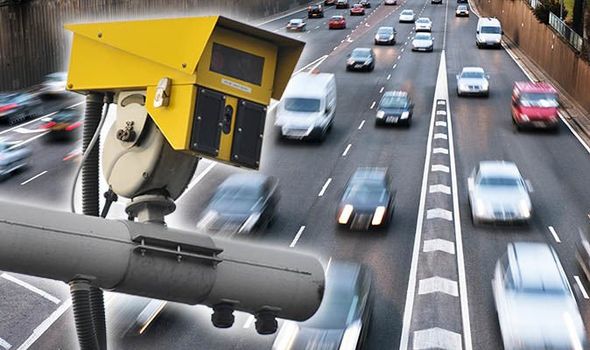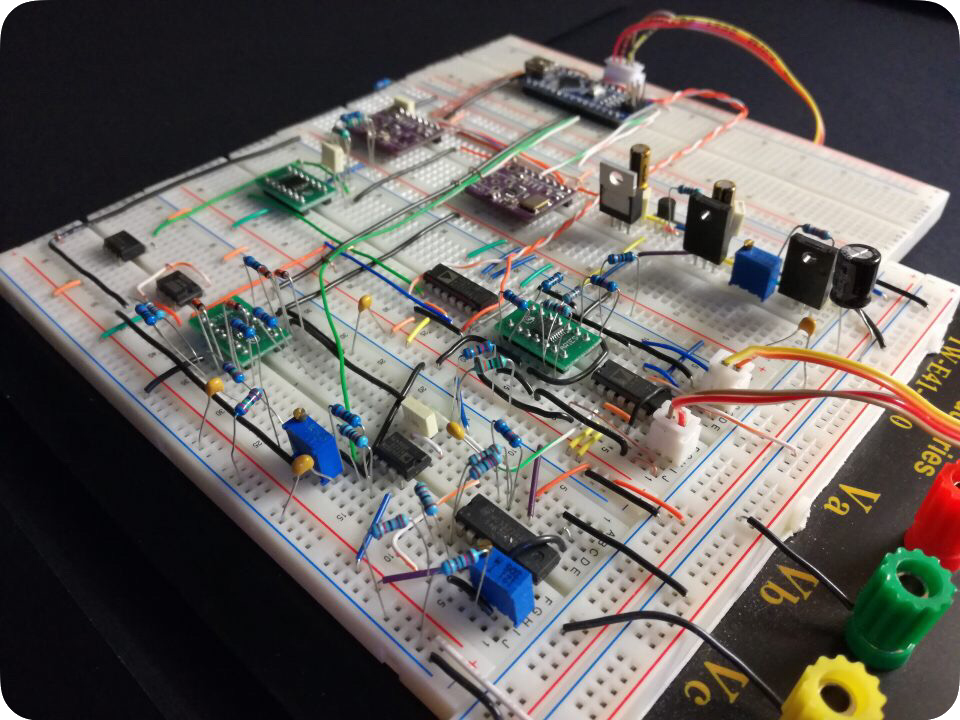| | |
|---|
| 2021-2022 |

|
|
|

|
Real-time light sleep recognition performed by a smart alarm clock When analysing sleep quality, it is important to consider the homeostasis of the sleep phases, especially the REM phase. The latter, which takes about 20-25% of the nocturnal cycle, should in fact neither be reduced by intermediate nocturnal awakenings, since it could cause states of disorientation and reduce memory and the ability to concentrate, nor prolonged as it would produce an excessive brain activity with significant repercussions on the affective-behavioral side (greater irritability, depressive and anxious symptoms). Due to these reasons, it is considered useful to develop a specific device that can support the sleep quality avoiding the possibility of being awakened during a phase which is not strictly suitable.
Gortani Simone,
Cuttini Matteo,
Antonipieri Marco
|
- Embedded systems
- BLE
- Sleep monitoring
|

|
|
|

|
|
- Smart Mirror
- Two Way Mirror
- Raspberry Pi
|

|
|
- Smart-Speed-Camera
- Client-Server communication
- Neural Network
|
| 2020-2021 |

|
|
|
| 2019-2020 |

|
|
- impedenzimetro
- modulatore in quadratura
- AD9833
|

|
|
- steganography
- python
- stream
|
| 2018-2019 |

|
|
- Speech recognition
- Speech synthesis
- C sharp
|

|
|
- SmartTimeTracker
- RaspberryPi 3A+
- Python
|

|
|
- timekeeper
- arduino
- electronics
|

|
Sniper Remote Scope The Sniper Remote Scope project concerns on a multidisciplinary teamwork that covers different fields as hardware design and firmware development for the sensing part, math and software development for the robot kinematics and vision part and, last but not least, computing and networking for data trasmission and interfacing. The aim of the whole project is to build a vision based digital rifle scope able to provide an augmented reality service helping the shooter in all the situations in which the visibility is low. The main idea of the whole work is to use a vision based approach to reconstruct the relative pose, aka the unknown positions, between two cameras, located in a neighborhood of the target, in a stereo RGB-D setup and a laser projector on the rifle. Once the relative transformation between rifle and target is known, we use the orientation of the rifle measurements in yaw and pitch angles taken by two angular sensors and all the obtained kinematic transformations to intersect a virtual ray lying on the gun barrel and the target to obtain, on the LCD, the right point where the gunshot would go.
Fornasier Alessandro - 124302,
Marcon Mattia - 92558,
Mazzer Simone - 124300,
Zannier Giulio - 124577
|
- Remote scope
- Vision based estimation
- Kinematics transformation
|

|
|
- Arduino
- Photovoltaic
- Internet of Things
|

|
|
- Internet Of Things
- visible light
- vlc communication
|
| 2017-2018 |

|
|
- cuffie attive
- real time audio
- noise detect
|

|
|
- Impulsive Noise Reduction
- ANR
- clipping
|

|
|
- Drone
- Trasmettitore
- Radar
|

|
|
- audio
- DBPSK
- inaudible sounds
|
| 2016-2017 |

|
|
|

|
|
- EIT
- matrice impedenza
- labview
|

|
|
|

|
|
- videoconferenza
- correlazione
- angolo di arrivo
|
| 2015-2016 |

|
|
- Eye Tracking
- Raspberry-Pi
- Human Maching Interface
|

|
|
- Domotica
- Distributed
- Ethernet
|

|
Indoor Enviromental Quality Analyzer The purpose of the whole system is to monitor the indoor environmental parameters in order to estimate the overall quality of the interested location through a sensor network. According to the Internet of Things paradigm, I.E.Q.A. system consists of spatially distributed autonomous base stations equipped with sensors, LCD display, actuator, data storage device and a board that supports a Linux distribution with built-in WiFi support. Every single base station is able to send/receive data over WiFi (802.11b/g/n) in a Wireless Local Area Network (WLAN) to/from a virtual Linux server which is aimed to process and display data through a dedicated web application. The latter, processes the data using a mathematical model based on the combination of parameters obtained by multiple regression analysis. keywords: "IoT, distributed, WLAN, WSN, 802.11, HTTP, GET, POST, network, sensors, Arduino, Yùn, Linux, virtual machine, virtual server, heat index, multiple regression analysis, statistics, hysteresis, database, MVC, CodeIgniter"
Davide Cocco,
David Palma,
Jacopo Piani
|
|
| 2014-2015 |

|
|
|

|
|
|

|
|
|
| 2013-2014 |

|
|
|

|
|
|
| 2012-2013 |

|
|
|

|
|
|

|
|
|
| 2010-2011 |

|
|
- audioconference
- software
- multicast
|

|
|
- audioconference
- software
- multicast
|

|
|
- virtual piano
- music
- ultrasounds
|

|
|
- virtual piano
- music
- ultrasounds
|





































